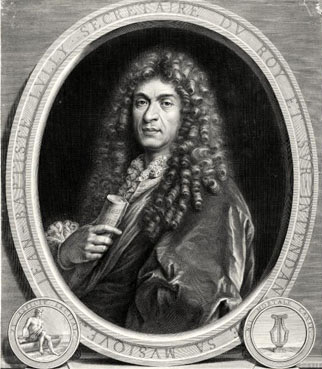
Even before he signed a contract with the Columbia Gramophone Company in 1928, Stravinsky was firmly convinced of the importance of documenting his performance wishes through recording; in the early 1920s he was already making piano rolls for the Pleyel firm.
In a brief 1930 essay originally published in German—“Meine Stellung zur Schallplatte” (Kultur und Schallplatte 1 [March 1930] p. 65)—he even anticipated a compositional development that would be facilitated more than a decade later with the advent of magnetic tape:
“It would be of the greatest interest to create music specifically for the phonograph, a music whose true image—its original sound—could only be preserved through mechanical reproduction. This would well be the ultimate goal for the phonographic composers of the future.”
The article is reproduced in an English translation in Music, sound, and technology in America: A documentary history of early phonograph, cinema, and radio (Durham: Duke University Press, 2012). Below, Stravinsky in a 1955 Columbia Records recording session.
Related articles:











